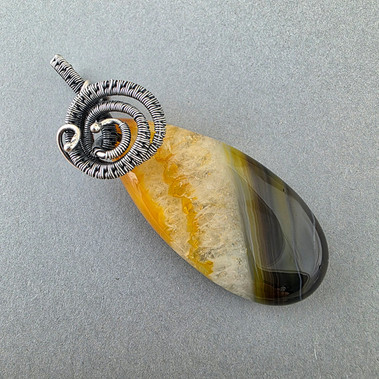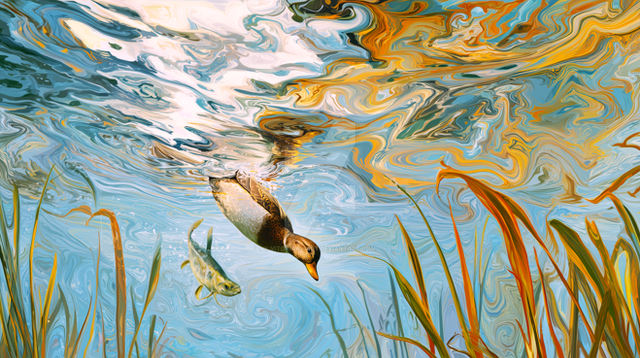HOME | DD
 melvynyeo — Argiope with zigzag web
melvynyeo — Argiope with zigzag web

#argiope #web #zigzag #with
Published: 2015-01-27 08:37:41 +0000 UTC; Views: 3620; Favourites: 121; Downloads: 66
Redirect to original
Description
Taken at night in Singapore forest. Backlit shot.Quote from en.wikipedia.org/wiki/Argiope_…
In North America, Argiope aurantia is commonly known as the black and yellow garden spider, zipper spider, corn spider, and writing spider, because of the similarity of the web stabilimenta to writing.
In England, Argiope bruennichi, where it is found only on the southern coast, and in other parts of Europe, including Germany, is also known as the wasp spider. In Australia, Argiope keyserlingi and A. aetherea are known as St. Andrew's Cross spiders, for their habit of resting in the web with legs outstretched in the shape of an X, the cross of St. Andrew. The large white zigzag in the centre of its web is called the stabilimentum or web decoration.
The East Asian species Argiope amoena is known in Japan as kogane-gumo. In the Philippines, they are known as gagambang ekis ("X spider", again due to the stabilementa), and gagambang pari ("priest spider", due to the spider's body resembling a priest's head with a mitre).
The average orb web is practically invisible, and it is easy to blunder into one and end up covered with a sticky web. The very easily visible pattern of banded silk made by Argiope is pure white, and some species make an "X" form, or a zigzag type of web (often with a hollow centre). The spider then aligns one pair of its legs with each of the four lines in the hollow "X", making a complete "X" of white lines with a very eye-catching spider coloured bright yellow on a field of black or variegated red white and yellow stripes forming its centre. The white patterns are called stabilimentum and reflect UV light. They have been shown to play a role in attracting prey to the web, and possibly to prevent its destruction by large animals. The centres of their large webs are often just under 1 metre above the ground, so they are too low for anything much larger than a rabbit to walk under. The overtness of the spider and its web thus has been speculated to prevent larger creatures from accidentally destroying the web and possibly crushing the spider underfoot.
Other studies suggest that the stabilimenta may actually lead predators to the spider; species such as A. keyserlingi place their web predominantly in closed, complex habitats such as among sedges. As Argiope sit in the centre of their web during the day, they have developed several responses to predators, such as dropping off the web, retreating to the periphery of the web, or even rapidly pumping the web in bursts of up to 30 seconds, similar to the motion done by the unrelated Pholcus phalangioides.[1]
Related content
Comments: 2

Looks so beautiful, love how you capture so much varied wildlife, must be an amazing experience!
👍: 0 ⏩: 0

























